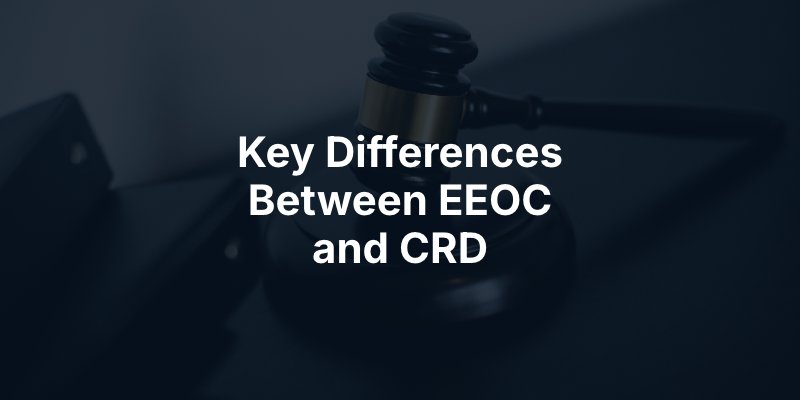Both the EEOC and the DFEH exist to protect employees from workplace discrimination, harassment, and retaliation. The EEOC enforces federal laws, while the DFEH enforces California’s stronger and more expansive state laws.
The Equal Employment Opportunity Commission (EEOC) is a federal agency responsible for enforcing federal workplace discrimination laws. It covers violations under:
The EEOC investigates charges, mediates disputes, and may file lawsuits in federal court. Federal law generally applies to employers with 15 or more employees (20 for age discrimination claims).
California’s Civil Rights Department (CRD), previously called the Department of Fair Employment and Housing (DFEH), enforces state laws that protect employees from discrimination, harassment, and retaliation. The main law it enforces is the California Fair Employment and Housing Act (FEHA). FEHA provides broader protections than federal law. Key differences include:
The CRD also handles cases involving housing discrimination, hate violence, and public accommodation, giving it a wider reach than the EEOC.
Although both agencies protect employees, they differ in scope and process.

The EEOC and CRD have a work-sharing agreement. This means that if you file a complaint with one agency, it can be “dual filed” with the other. Employees do not have to file with both separately. Which agency investigates depends on the details of the case. If the case involves a large national employer and primarily federal issues, the EEOC may take the lead. Whereas, if the case involves California-specific protections or a smaller employer, the CRD may handle it.
Choosing between the EEOC and CRD can affect the remedies available, the size of the employer covered, and the timeline for filing. California workers often benefit from filing with the CRD because it provides broader protections and longer filing deadlines. However, in some cases, pursuing a claim through the EEOC may open access to federal court and remedies under federal statutes. An experienced Orange County employment lawyer can help you determine which agency to file a claim with, and they will fight for the maximum compensation available under the law. Contact Aegis Law to discuss your legal options today.